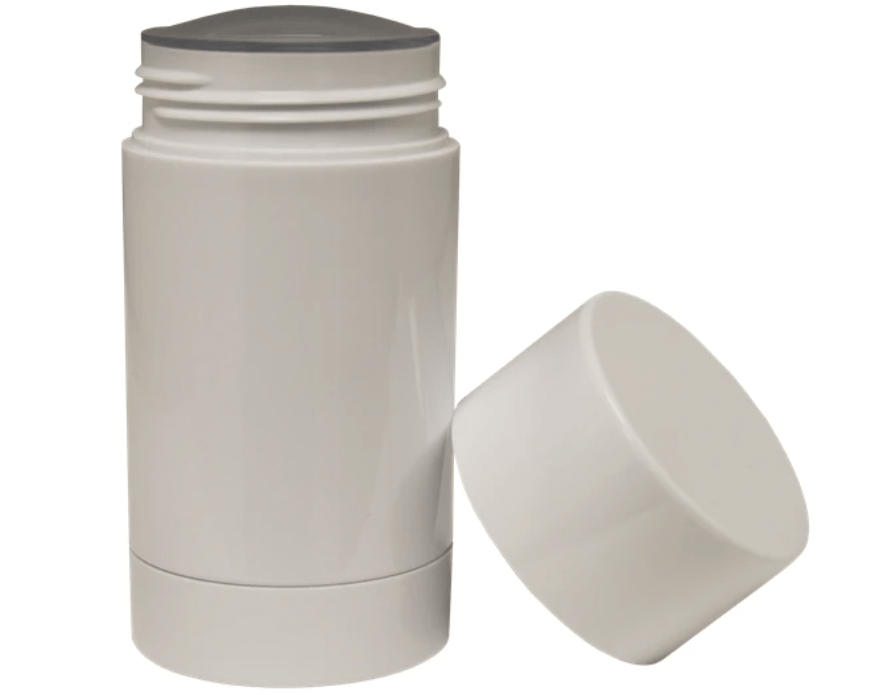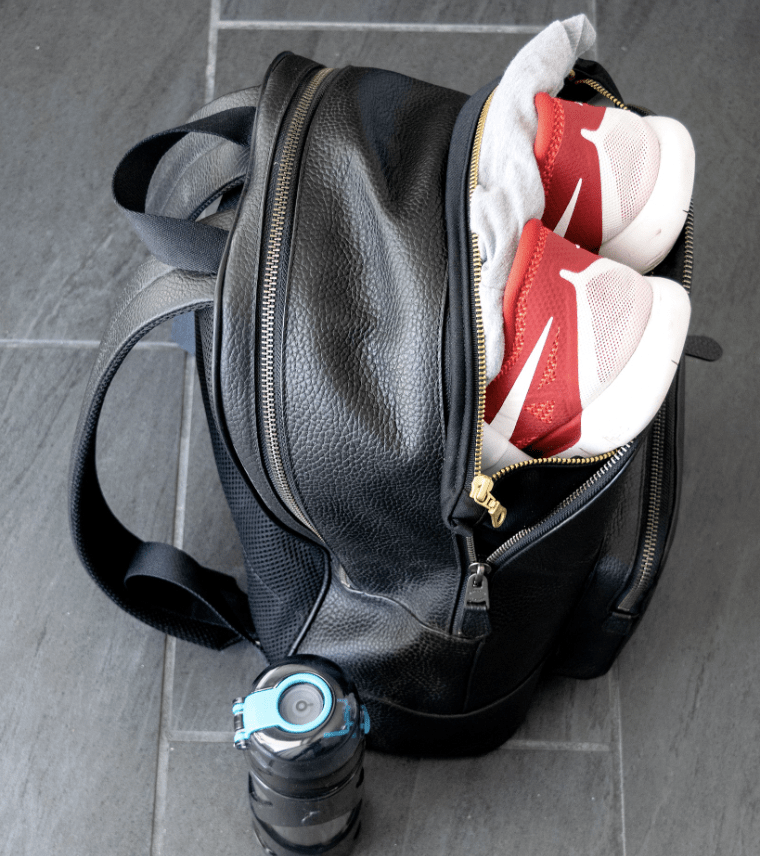Creation of Our Artifact
Our group chose to create an artifact in response to the fictitious world designed in Yan Leisheng’s story The Plague. At first, we discussed designing a preventative artifact towards the virus spreading throughout the fictional world. This artifact would be designed to be worn by the user in some way, and be able to detect if the virus is close by. Nonetheless, we wanted to produce a more avant, interactive artifact. We designed the artifact that we did with the aim to fit the story as best as possible. In Yan Leisheng’s dystopian apocalyptic world, killing was inevitable in order to survive. That said, though killing infected humans provides an outlet for humanity to continue, it is evident that it is far from a perfect solution. Our group wanted to curate an artifact that would ease the difficult decisions humans in this world would be confronted with, and to help cope with the repercussions of difficult yet necessary actions. For this, we ultimately designed a hamlet that, when used, would turn off someone’s emotions to be able to make decisions in an objective manner.
In researching the term interaction, I concluded that an important factor of the artifact that we were going to create had to provide a unique experience to each user based on their situation. In my personal definition of interaction, I had also previously expressed in my research that interaction cannot be forced, otherwise there would lack authenticity of the experience with the artifact, another key component. With the prototype our group generated, we successfully designed an interactive product that with proper misuse, as seen in our performance, could lead to great failure. When first used in the performance, the artifact successfully met its designated goal; the helmet made it easier for my (Riley’s) character to deal with the heavy immediate psychological effects of having killed someone. However, when used in a coercive manner on Angela without her consent of interacting with the artifact, complications arose.
We designed the base of the helmet by using cardboard and wrapping it in aluminum foil. When the initial helmet was constructed we tested that it fit on Angela, but not myself. Later we realized the helmet we had built was too small for me to wear, and had to make the circumference larger. We placed wires around the helmet with two connecting down to the heart to demonstrate that the artifact’s purpose was to have an emotional effect on the brain. Unfortunately, in some places we perhaps did not apply as much hot glue that was necessary as the wires attaching the helmet to the chip meant to be placed over the heart broke off. Nonetheless, we were still able to successfully deliver the perforamnce As a group, we all worked to cut, shape, and hot glue the helmet together. Throughout the constructing process, we discussed over and over the plot of our performance to ensure cohesiveness and clarity as Shane typed out the formal script.








Critique of Another Group
The group that performed with the personal robots designed for The Plague as well had a very creative and interactive approach. Not only did I find their artifact truly interactive, but it also provided a legitimate solution for living with the virus. The robots’ actions were completely dependent on the owners decisions, thus providing an authentically unique experience to each of the users. I thought it was interesting yet innovative that the group chose a responsive approach rather than a preventative approach to finding a solution to saving humanity during the spread of a virus.
Script
A: Angel
B: Angela (Sister) (Leader)
C: Bruce
D: Riley (Brother)
Background: In a zombie apocalypse world, a team of four have been working together to survive. They are Angel, a former scientist, Angela, who is their designated leader, Bruce, a great survivalist, and Riley, Angela’s brother.
Storyline summary: Angel feels that something bad is going to happen, so she created a helmet that shuts off emotions. One day, when Bruce and Riley come back from looting, they suspect Bruce has been infected. Riley has to kill Bruce, he regretfully goes through with it and feels regret, so Angel introduces the helmet to rid him of that emotion. Later, because the blood of Bruce split on Riley, Riley was also infected, Angel and Angela has to kill Riley, but Angela resist since he was her brother. Angel sneaked in one night, takes off the helmet from Riley then puts it on Angela, Angela killed Riley. Angel removes the helmet from Angela, under emotional pressure Angela fight with Angel, both died.
Actor Angel and Angela, enters the scene.
A: Surviving gets harder these days, infections are spreading wider and wider, i don’t know how long we can pull this off.
B: Well, look at this from a brighter side, we’re still alive aren’t we?
A: I know I know, positive attitude right? But I just feel that, something isn’t right, I feel suffocated? bad things are coming, that kind of feeling.
B: ok now, this isn’t what I want to hear that right now.
Actor Bruce and Riley enters the scene, returned from today’s loot.
B: and look, it’s C and D that are coming, they are not “bad things”, get it together man.
A: Okay, my bad, sorry for spreading this negativity.
D: what’s wrong? What have we missed?
C: I heard bad things, what, someone lost hope? (‘cough’)
A: Noooo I was just…
B: Its nothing, no worries, anyway, any good things you have found today?
Bruce is infected, while talking with others, Bruce shows symptoms.
C: not much, just some food, and some, well, stuff (takes out some knives)
A: damn, where’d you get those?
D: we- we fought with somebody camping on the other side.
B: you guys killed … that somebody?
C: Come on now, is that empathy that I am seeing? Towards someone we don’t even know? Someone who was infected?(starts scratching himself when talking)
D: I must say, the guy is an asshole, but…
C: didn’t we tell him we came with no intention to hurt him? WE TOLD HIM, come on, we told him we were just walking by, and if he would lower his damn gun, none of us would be in any discomfort, damn what is with the stupid weather these days, I feel so uncomfortable(scratching himself again).
D: ye but…
B: sigh…anyway, great to have you guys back safe, and glad that we have things to eat for another day, well, maybe two.
A: yeah yeah.
Angel looks at Bruce, sensing that Bruce may be infected.
C: i feel a bit tired, i’m just going to sleep now.
Bruce went to sleep, and Angel pulls Angela and Riley away.
A: I…I feel a bit nervous, did you guys see?
D: see what?
B: …you mean the cough? No way, it’s just a throat clearing.
A: but he scratching himself so many times, don’t act like you guys didn’t see that.
D: …I know… I know, I, I couldn’t do it , I just can’t.
B: guess it is that time, you have to do it.
D: …I see.
D kills C while he is asleep, blood split on D, none have noticed.
D feels really upset, and he cries.
D: I am sorry bro, I am so sorry…
C: You, you…ehhhh
D: forgive me… I am so sorry, I, I don’t know… I am sorry…
A takes out the helmet.
A: it is time for this then… I have been working on this since I had that stupid feeling… It is now time to use this.
A puts the helmet on D, D turns emotionless.
D later was infected as well because of the blood,
B: I…I don’t know, it could just be that he was bitten by a mosquito or something, there are alot of explanations.
A: …I don’t see you being this hesitant to speak before…I assume that is because you saw something about your brother, and you didn’t tell us?
B: No, no, it’s nothing, my brother is… he is perfectly fine.
Although B couldn’t do it, A can’t accept the fact that a walking biohazard carrier will stay among them. One night, when B and D are both sleeping, A takes off the helmet from D and puts it on B, and tells her that D must died because of the infection.
B wakes up from dream, killed D, and A takes off the helmet from B.
B feels angry and upset, cries why A does that, they should all come to an agreement before using this.
B: …What, what have I done?
A: it is for the good cause.
B: You… you…what the hell, you can just do that, you can’t just sneak in like this and put that on me without anyone’s consent?!
A: wake up, leader, we have to do this, this is for us to survive.
B: No, no it is not, it is for you to survive, you bastard, you just don’t want to get your hands dirty.
A and B had a fight, they both died by stabbing each other.
Technologies can make us go through difficult decisions, but it will also cause troubles.










